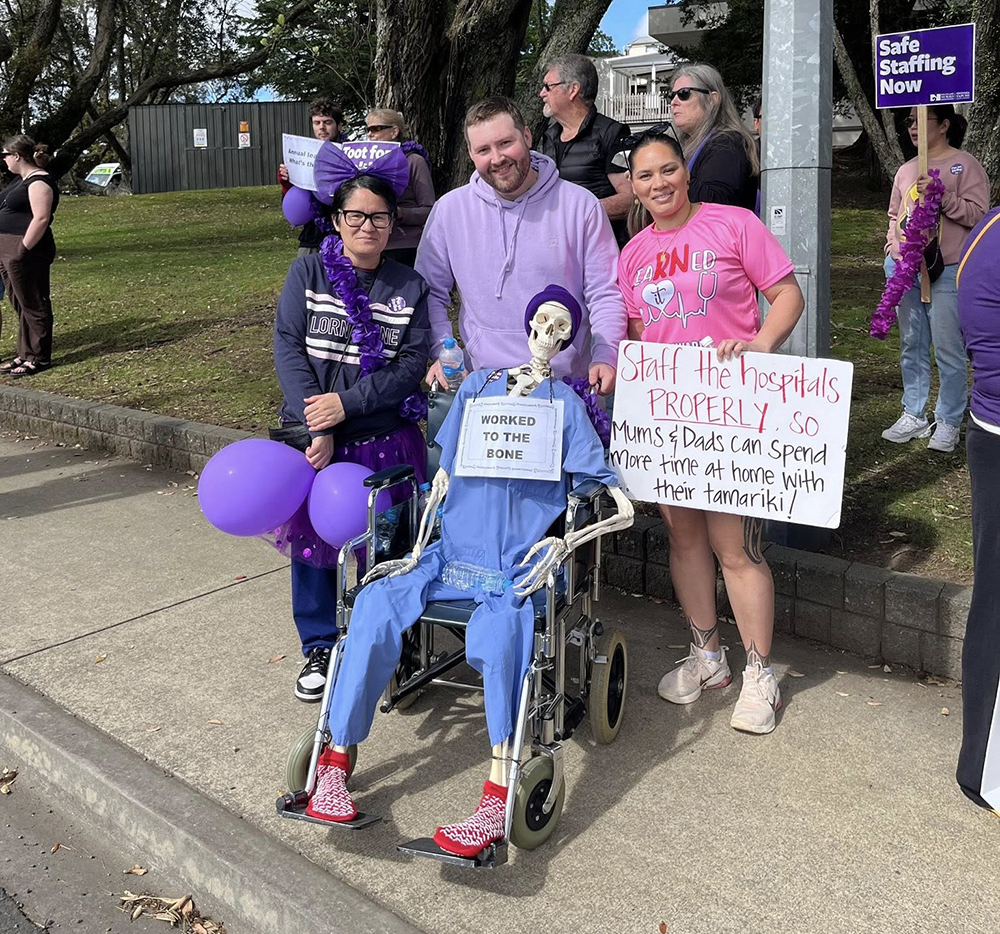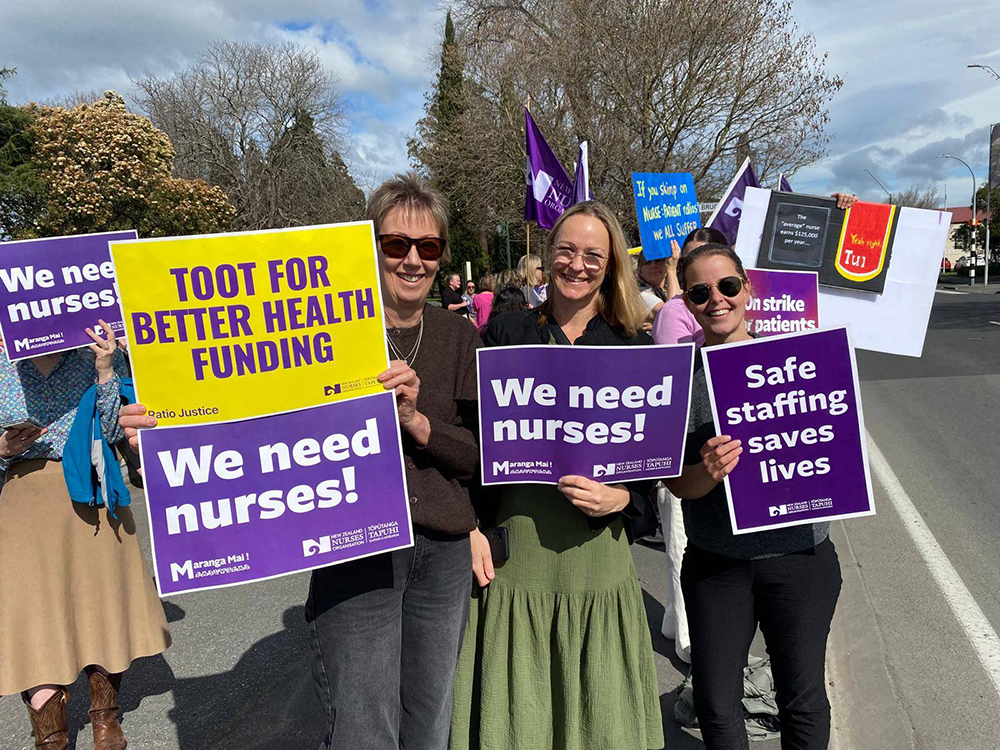The NZNO-commissioned report How many more nurses does New Zealand need? crunched Te Whatu Ora data from 1.69 million shifts from 2022 to 2024 in 59 public hospitals.
NZNO chief executive Paul Goulter said the report put paid to Te Whatu Ora’s claims hospitals weren’t short-staffed.
“With 592 hospital wards and emergency departments throughout the country, Te Whatu Ora’s own data . . . shows that almost every ward, every shift is short-staffed.”
By the numbers
Alongside the numbers from last year alone, the report said that on average from 2022 to November 2024, hospitals were short 635 fulltime-equivalent nurses every shift.

Shifts were more likely to be short-staffed during winter; cancer and cardiovascular wards were the hardest hit from 2022-2024 — half their shifts understaffed. Children’s wards were close behind at 45 per cent.
The Capital & Coast and Hutt Valley districts were most commonly understaffed — half their shifts coming up short.
Meanwhile the report blamed a lack of coordinated planning for some of the problems.
“Te Whatu Ora’s sudden decision to freeze the hiring of nurses in mid-2024, including nurse graduates and internationally qualified nurses reportedly left one in four graduate nurses unemployed as of August 2024.”
Ideally nursing recruitment decisions should be made several years in advance, it said.
Tightened health funding was a “key contributor” to the nursing shortage, said the report: Especially when these funding constraints hit increased demand on health services — particularly hospital services.
There was higher professional attrition, with burnout, sick leave and nurses headed overseas, it said.
The data in the report was collected through the Care Capacity Demand Management (CCDM) safe staffing programme — belatedly released to NZNO with an apology.

Goulter said the numbers were eyewatering. “But sadly, these aren’t just numbers. This represents years of care patients have missed out on.”
The path ahead
The report had troubling data on the future demand for nurses in key specialties.
- The aged residential care nursing workforce is projected to contract 9 per cent,
demand is projected to grow 47 per cent. - The mental health nursing workforce is projected to grow just 2.2 per cent, demand is projected to grow 7.7 per cent
- The primary health care related nursing workforce is projected to grow 4.5 per cent,
demand is projected to grow 7.7 per cent.
The Infometric report was released as Health Minister Simeon Brown speaks at the NZNO annual general meeting this morning.


